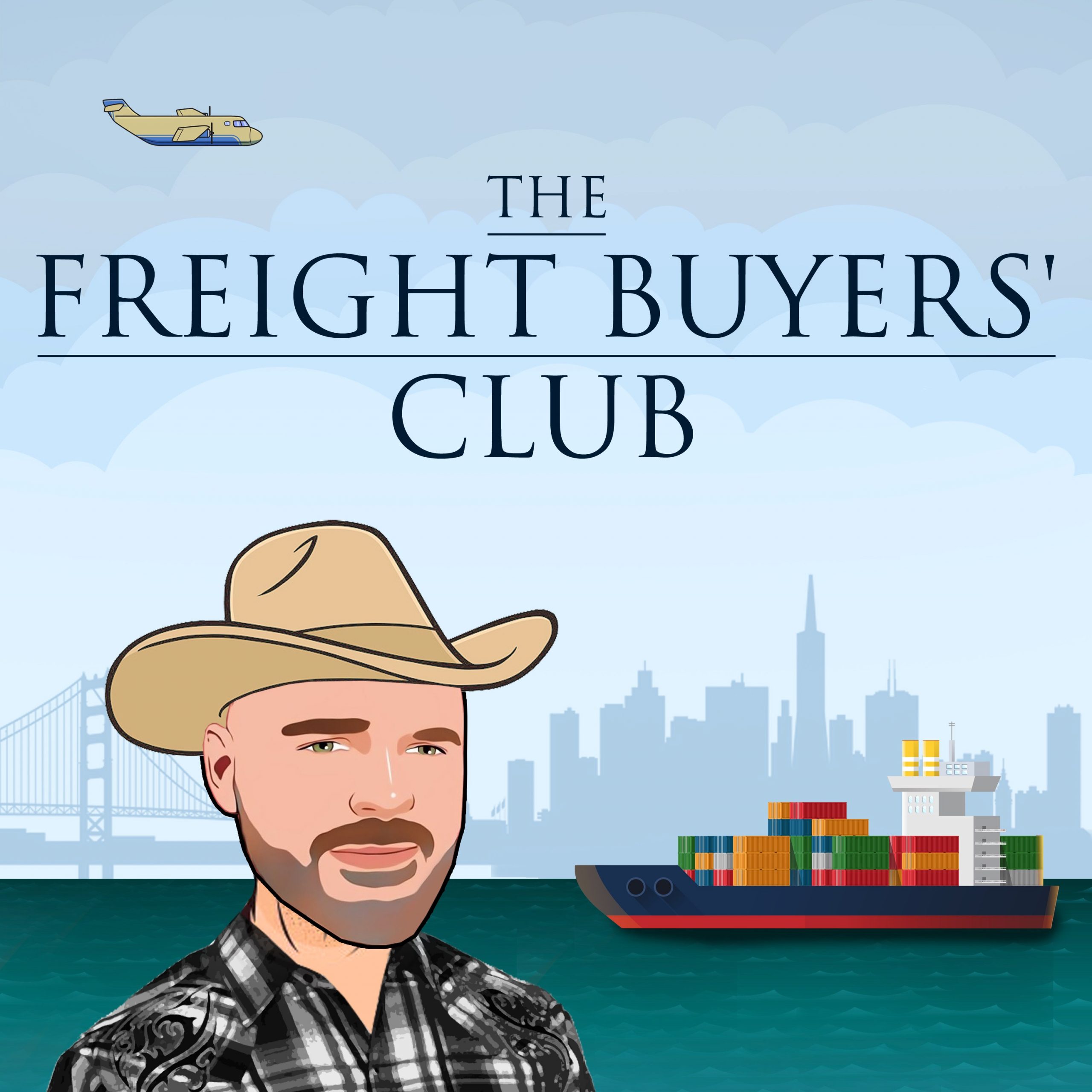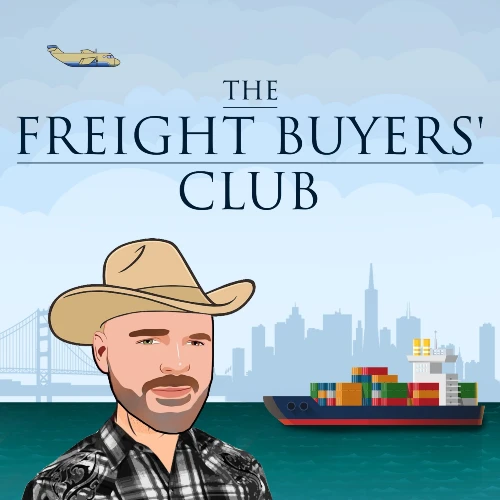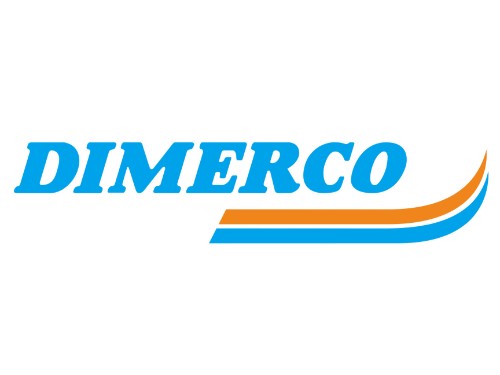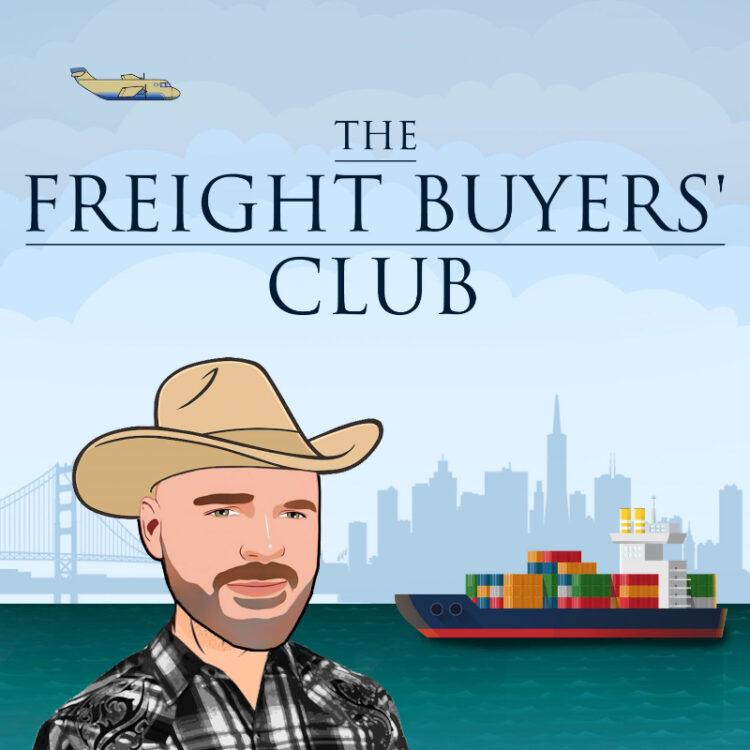US ‘freight recession’; trans-Pac vs trans-Atlantic demand; pros and cons of non-China options.

In Part 1 of this episode. host and editor Mike King speaks to two freight and trade experts: Judah Levine, Head of Research at Freightos, and Jason Miller, US government advisor and Interim Chairperson, Department of Supply Chain Management, Michigan State University, Eli Broad College of Business.
They discuss US trade policies, inventory levels, freight rate movements and the very significant differences in the nature of US freight demand on the trans-Pacific and trans-Atlantic trades. They also digest how dockworker negotiations on the US West Coast are impacting the trans-Pacific contracting season and discuss why the US has avoided recession, but freight markets have not.
In part 2 of this podcast, Mike speaks to I’ll be talking to Singapore-based Neil Johnson, a customs guru and the Co-Founder of TNETS which manages some $200bn of trade each year. They discuss the difficulties manufacturers and other shippers face when they diversify out of China. And conversely, why one US regulatory failure is prompting some US shippers to move back to China. They also look at the pros and cons of China alternatives and look at the latest M&A activity in the logistics market.
Guests:
Judah Levine, Head of Research, Freightos
Neil Johnson, Co-Founder, TNETS
Jason Miller, Interim Chairperson, Department of Supply Chain Management, Michigan State University, Eli Broad College of Business
Episode in more detail:
Part 1 – Jason Miller and Judah Levine
Freight rates up – ocean and air (2.30)
A US recession? No, a freight recession (5.20)
Transpacific vs trans-Atlantic container trade demand (8.28)
US inventory levels (10.50)
Global supply chain disruptions (15.40)
ILWU/PMA dockworker & trans-Pac contracting season (19.42)
Box ship capacity cuts (22.31)
Asia exports and demand predictions (24.47)
Part 2 – Neil Johnson
Seeking non-China alternati8ves (31.00)
Challenges in SE Asia (35.10)
India options (36.40)
Vietnam’s big benefits (39.11)
Comparing customs regimes (41.12)
Harmonisation challenges (43.24)
US regulations vs US trade policy (45.00)
Logistics M&A – Asia and beyond (48.22)



